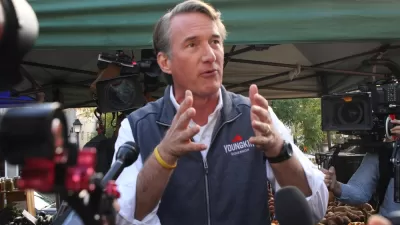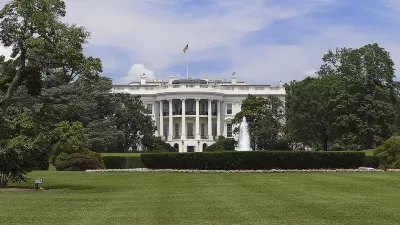The good news is the climate movement is winning the argument that climate change is happening; the bad news is the deniers have a new strategy.

Over the past few years, climate deniers have changed tactics. “Where once climate deniers would outright reject climate change as a hoax or scam, or claim that humans were not responsible for it, many are now shifting to a different approach, one which attempts to undermine climate science, cast doubt on climate solutions and even claim global warming will be beneficial at best, harmless at worst,” reports Rachel Ramirez of CNN.
The nonprofit Center for Countering Digital Hate (CCDH) calls this trend “new denial” and says the shift in narrative could be helping YouTube creators get around the platform’s existing ban on monetizing traditional climate denial. “New denial” content has doubled since 2018 and now makes up 70 percent of all climate denial claims posted on YouTube, according to the report.
In some ways the report is a success, Imran Ahmed, chief executive officer and founder of CCDH, told CNN. “The climate movement has won the argument that climate change is real, and that it is hurting our planet’s ecosystems.” But he said it’s also a warning, as the new narrative that the solutions don’t work “could hold enormous influence over public opinion on climate action for decades to come.”
Considering YouTube’s global reach and popularity with young people, this could have major implications as planners, local officials, and advocates in communities across the country seek to advance climate action.
CCDH and other organizations are calling on YouTube and Google to boost their policies to prevent bad actors from monetizing this “new denial” content like it does the “old denial” content.
FULL STORY: What is ‘new denial?’ An alarming wave of climate misinformation is spreading on YouTube, watchdog says

Study: Maui’s Plan to Convert Vacation Rentals to Long-Term Housing Could Cause Nearly $1 Billion Economic Loss
The plan would reduce visitor accommodation by 25,% resulting in 1,900 jobs lost.

North Texas Transit Leaders Tout Benefits of TOD for Growing Region
At a summit focused on transit-oriented development, policymakers discussed how North Texas’ expanded light rail system can serve as a tool for economic growth.

Using Old Oil and Gas Wells for Green Energy Storage
Penn State researchers have found that repurposing abandoned oil and gas wells for geothermal-assisted compressed-air energy storage can boost efficiency, reduce environmental risks, and support clean energy and job transitions.

Santa Barbara Could Build Housing on County Land
County supervisors moved forward a proposal to build workforce housing on two county-owned parcels.

San Mateo Formally Opposes Freeway Project
The city council will send a letter to Caltrans urging the agency to reconsider a plan to expand the 101 through the city of San Mateo.

A Bronx Community Fights to Have its Voice Heard
After organizing and giving input for decades, the community around the Kingsbridge Armory might actually see it redeveloped — and they want to continue to have a say in how it goes.
Urban Design for Planners 1: Software Tools
This six-course series explores essential urban design concepts using open source software and equips planners with the tools they need to participate fully in the urban design process.
Planning for Universal Design
Learn the tools for implementing Universal Design in planning regulations.
Ascent Environmental
Borough of Carlisle
Institute for Housing and Urban Development Studies (IHS)
City of Grandview
Harvard GSD Executive Education
Toledo-Lucas County Plan Commissions
Salt Lake City
NYU Wagner Graduate School of Public Service





























